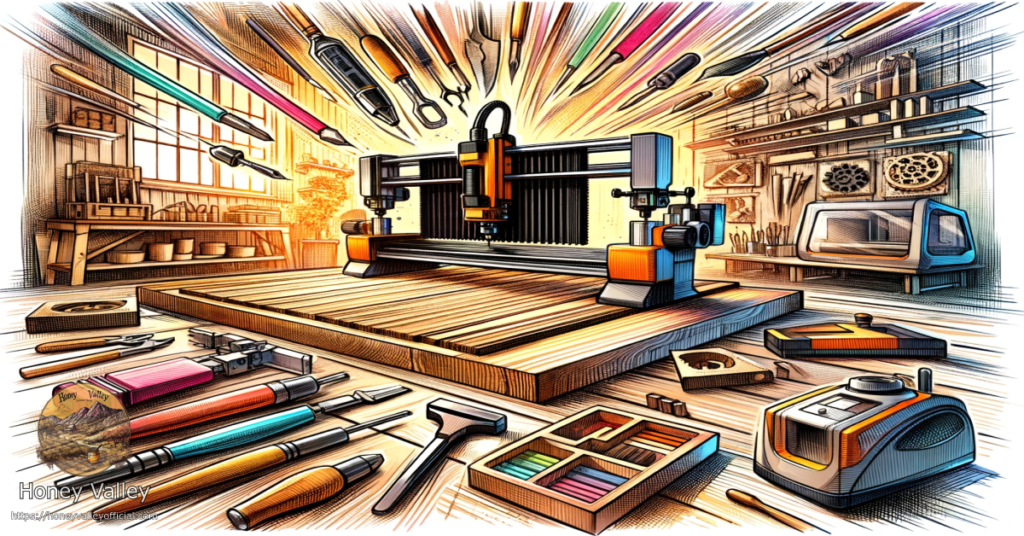Wood carving is a fascinating and rewarding craft that allows you to create intricate designs and beautiful sculptures from a simple block of wood. Whether you’re a beginner or an experienced woodworker, having the right tools is essential for achieving the best results. In this article, we will explore the essential tools needed for wood carving.
1. Carving Knives:
Carving knives are the most fundamental tools for wood carving. They come in various shapes and sizes, each serving a specific purpose. The most commonly used carving knives are straight knives, which are versatile and suitable for both roughing out and detailing. Hook knives are used for hollowing out concave shapes, while chip carving knives are ideal for creating intricate patterns and designs.
2. Gouges:
Gouges are curved chisels that come in a range of sizes and sweeps. They are used for removing large amounts of wood and creating curved surfaces. Gouges are available in different profiles, such as U-shaped, V-shaped, and spoon-shaped, allowing you to achieve various carving effects. Having a set of gouges with different sweeps will give you more versatility in your carving projects.
3. Chisels:
Chisels are essential tools for wood carving, especially for making straight cuts and creating sharp edges. They are available in different widths and shapes, including straight chisels, skew chisels, and fishtail chisels. Chisels are used for shaping and refining the details of your carving, such as creating clean lines and crisp corners.
4. Mallet:
A mallet is a wooden or rubber-headed hammer used in conjunction with chisels and gouges. It provides the necessary force to drive the tools into the wood without damaging them. The weight and size of the mallet depend on personal preference and the type of carving you’re doing. A lighter mallet is suitable for delicate work, while a heavier mallet is better for removing larger amounts of wood.
5. Sharpening Tools:
Keeping your carving tools sharp is crucial for achieving clean and precise cuts. Sharpening stones or honing guides are essential for maintaining the sharpness of your tools. A well-sharpened tool will not only make your carving process easier but also ensure a safer and more enjoyable experience.
6. Safety Equipment:
Wood carving involves working with sharp tools and can be potentially hazardous. It is essential to prioritize safety by wearing protective gear such as safety glasses or goggles to protect your eyes from flying wood chips. Additionally, using a carving glove on your non-dominant hand can provide added protection against accidental slips or cuts.
7. Workbench or Carving Station:
Having a dedicated workbench or carving station is beneficial for wood carving. It provides a stable and comfortable surface to work on, allowing you to focus on your carving without worrying about the stability of your workspace. A workbench with clamps can also help secure your wood piece, ensuring it doesn’t move while you’re carving.
8. Finishing Tools:
Once you have completed your carving, finishing tools such as sandpaper, files, and rasps are essential for refining the surface and achieving a smooth finish. These tools help remove any rough edges or imperfections, allowing you to create a polished and professional-looking piece.
In conclusion, wood carving requires a specific set of tools to bring your creative vision to life. From carving knives and gouges to chisels and mallets, each tool serves a unique purpose in the carving process. Additionally, investing in sharpening tools, safety equipment, and a dedicated workbench will enhance your carving experience and ensure the best possible results. So gather your tools, find a piece of wood, and embark on the exciting journey of wood carving.


